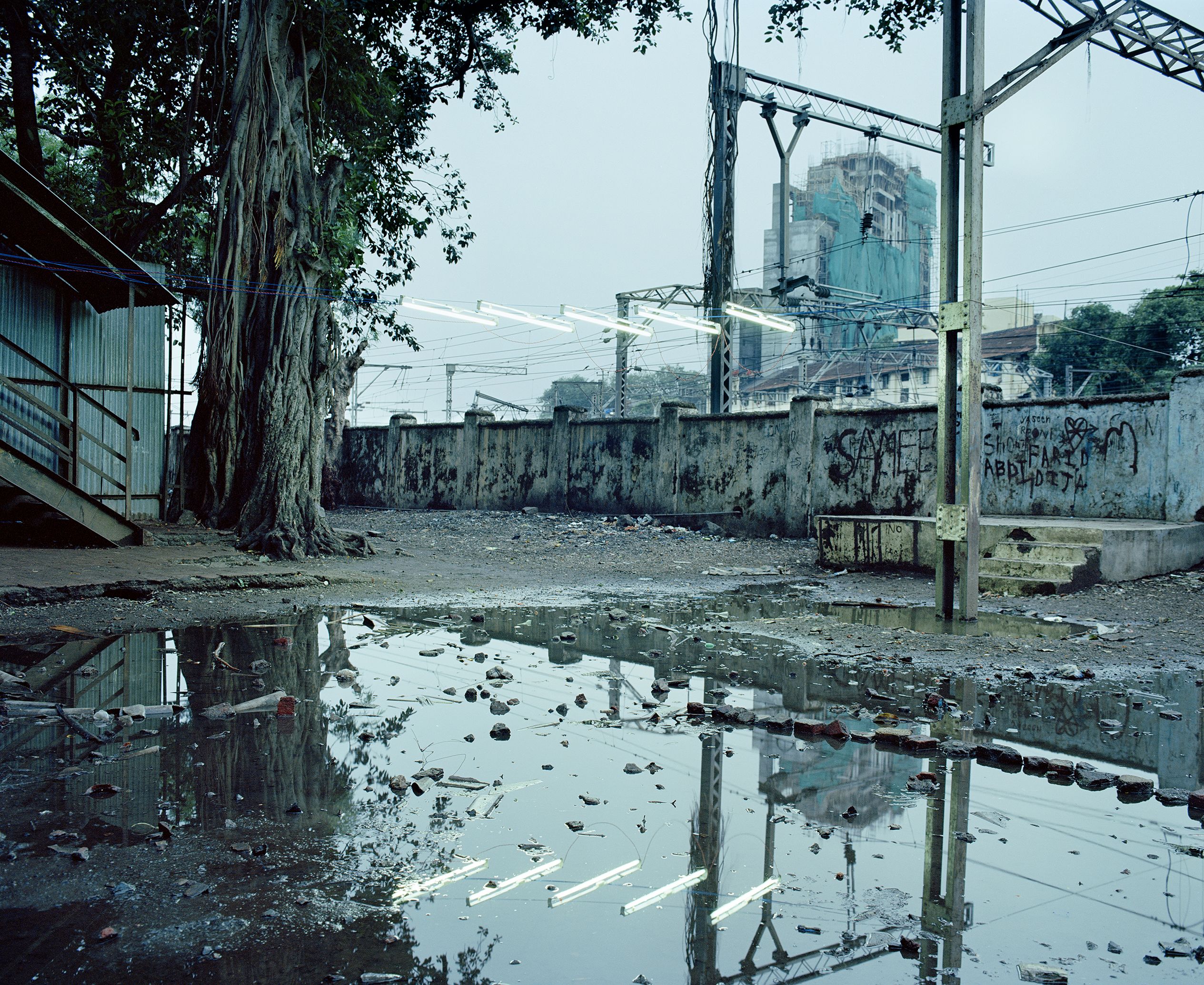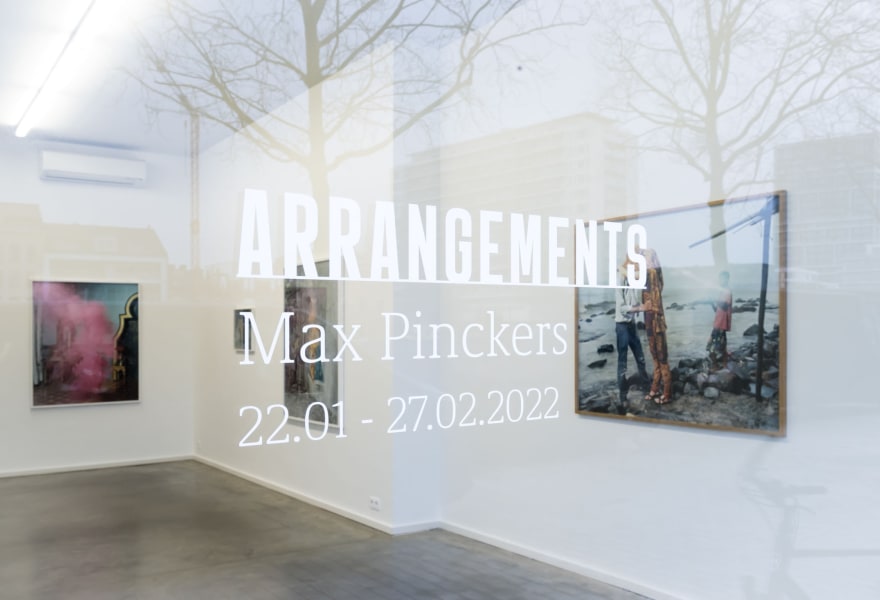25 february 2022, Flor Linckens
Max Pinckers: “I want people to stop and think about the construction, manipulation and motivation behind image production."
Until 6 March, Gallery Sofie Van de Velde is showing an exhibition by the Belgian artist Max Pinckers. Until 13 March, his work can also be admired in a retrospective in the FOMU (Photo Museum) in Antwerp, that highlights his work from the past five years. The exhibition in the Zuid space of Gallery Sofie Van de Velde also includes work from multiple series.
In his practice, Max Pinckers explores the boundaries of documentary photography and is particularly interested in its manipulative nature and the subjectivity of its maker. Pinckers is critical of the truth claim of photography and problematises documentary photography (as well as film, theater and performance) in various ways. Fact and fiction merge in his work, to create what the maker describes as 'speculative documentary'. By bringing to the fore the deceptive nature and artificiality of the documentary image, he wants to remind the public that our own ideas are also influenced by prejudices and half-truths. Pinckers co-founded The School of Speculative Documentary (along with Thomas Bellinck, Michiel De Cleene and An van Dienderen) and between 2015 and 2021, he was affiliated with the KASK in Ghent as a doctoral researcher.

Max Pinckers, Supplementing the Pause with a Distraction (Series The Fourth Wall), 2012, Gallery Sofie Van de Velde
Pinckers: “I position myself against the generally accepted belief of what documentary [photography] stands for, which is usually objective facts, truth claims, and positions of power and authority. I wouldn’t say I try to undermine it, but I do try to question it and look at it critically. Every work I make is focused around a specific subject matter – something that’s real, actual and contemporary – taking place in reality. But at the same time, I try to question the language and the medium that is used to report on it. So, every body of work is an attempt to develop a different strategy for doing the same thing.”

Max Pinckers, Imperial Palace (Series The Fourth Wall), 2012, Gallery Sofie Van de Velde
Pinckers grew up as the son of a photographer and a journalist and lived in Indonesia, Australia, India and Singapore before he was eighteen. For his photography series, he continued his travels across the world, making work in Japan, India, Thailand and Kenya, among other places. His 2012 series “The Fourth Wall”, for example, is about life in Mumbai and the Indian film industry. His practice also deals with cultural clichés in relation to contemporary society (for example the Yakuza and sumo wrestlers in Japan), characters from manufacturing scandals (including Rachel Dolezal) and the credibility of iconic photos. Pinckers also looks at historical representation, for example of a Kenyan guerilla movement that revolted against the British coliniser from the early 1950s onwards. He also made a series in North Korea, at a time when the recurring Twitter quarrels between Trump and Kim Jong-Un seemed like they could escalate at any minute. To emphasise the questionable neutrality and objectivity in documentary photography, his photos are often staged, with theater lighting, props and posed characters. It results in poetic images that occasionally contain theatrical elements.

Max Pinckers, Intervention #3 (Series Will They Sing Like Raindrops or Leave Me Thirsty), 2014, Gallery Sofie Van de Velde
Pinckers: “One of the reasons I use a cinematic and theatrical aesthetic is because it doesn’t quite look like what you would call ‘art photography.’ It’s accessible to everyone without being too cryptic or hermetic. I find that important, because they can be interpreted by people on all levels, without necessarily needing any conceptual framework to understand them, although they can go much deeper on many levels if one tries to understand the reason behind their making. One of the essential things that I have always tried to do is make people stop and think about the construction, manipulation and motivation behind image production, and the currency they have in our visual economy. That is so important to be aware of: knowing that images are essentially created and disseminated to sell you something or to try and make you believe something.”

